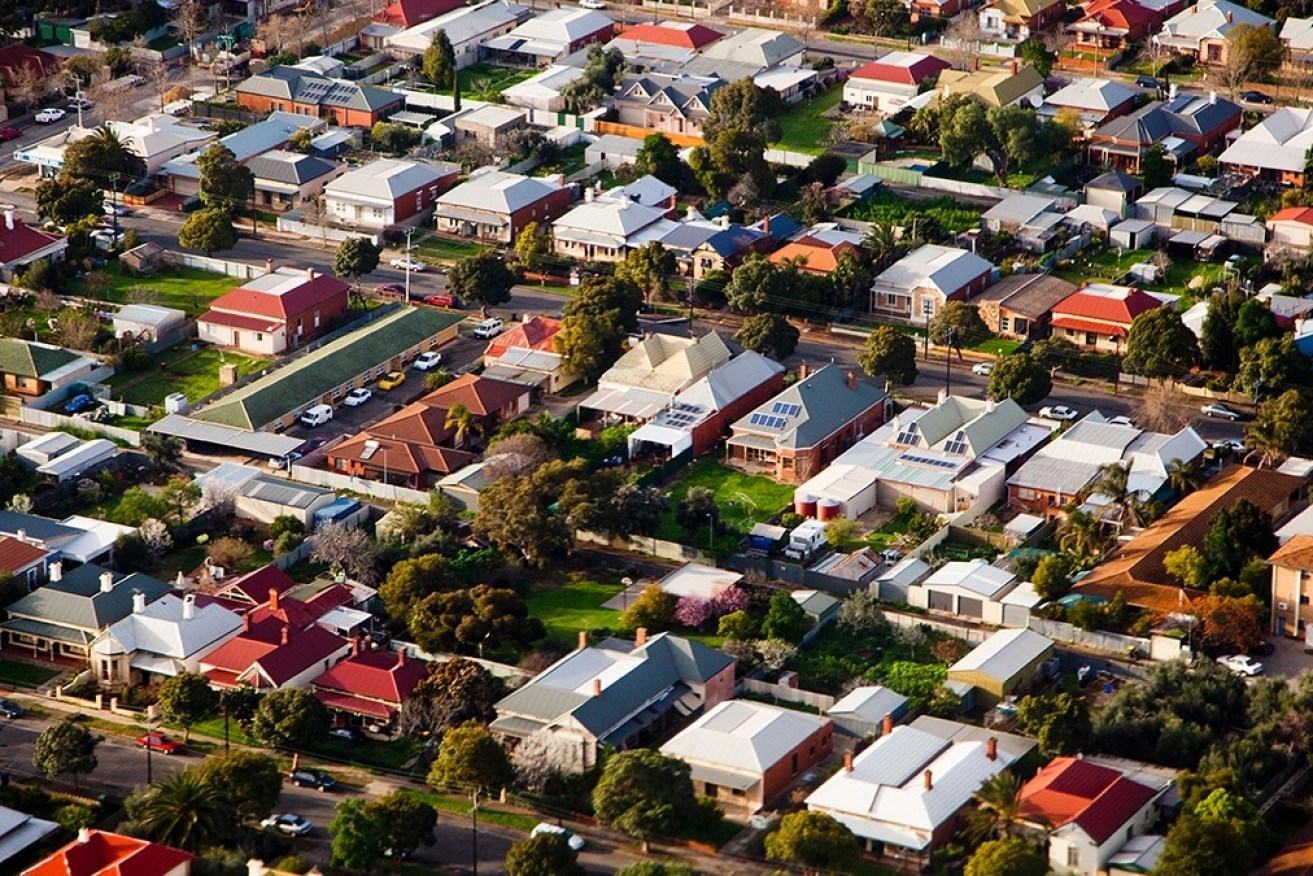Australia’s biggest migration hotspots revealed


Where are overseas and internal migrants moving? Photo: Getty
Australia has experienced a big spike in immigrants, but local moves are still some of the main drivers behind some of the highest migration levels in the country.
CoreLogic has revealed the biggest migration hotspots of the 2022-2023 financial year, where the new residents came from and their impact on rents.
Rockbank and Mount Cottrell, Melbourne West, was the region that saw the highest number of new residents, 3662, making up more than 15 per cent of the area’s population.
More than 3400 of these new additions came from within Australia; just 219 settled from overseas.
This trend of Australians contributing most to high migration levels was seen in majority of hotspots listed by CoreLogic, with the exception of inner-city areas.
For example, the Melbourne suburb of Carlton, where local migration decreased by 405 as 3722 international people made the suburb their home, created a total migration figure of 3317.
Who’s moving where?
CoreLogic head of research Eliza Owen told The New Daily some people might be surprised that Australians are the ones contributing most to the country’s highest migration areas.
She said this comes as the concurrent cost of living and rental crises are driving locals out of inner-city suburbs.
“A lot of the high migration areas in this list represent urban sprawl,” Owen said.
“People being priced out of established housing in more central locations, and buying into areas where there’s new stock. It’s a bit under the median for the greater city, and it provides an opportunity for people to own their own home.”
Meanwhile, migrants tend to want to live and rent in city centres, at least when they arrive – and many of them have made the trip.
About 737,000 migrants arrived in the past financial year, much higher than the previous average of 485,000 arrivals per year, causing increased strain on Australia’s already-tight housing supply.
University of New South Wales’ City Futures Research Centre director Chris Pettit said there is unlikely to be relief any time soon.
“Australia is is a very attractive country, it’s a very prosperous country [and] we have a number of the most liveable cities in the world,” he said.
“We also do want to have growth of our cities with the knowledge economy and those critical workers to make sure that we can offer the services to run our cities and have a functioning economy.
“Australia is going to be growing for quite some time … so there’s a lot of initiatives under way, but it’s getting that right balance of migration levels and what we can actually build.”
How does migration affect rents and property prices?
Owen said there was no statistical correlation between high rates of migration and higher or lower property values in the past financial year.
But high migration was a clear factor in driving up rents.
Melbourne CBD – North was the area on CoreLogic’s list to experience the highest rent increase last year at 28.9 per cent, with the median rent left at $662.
The area on the list with the highest median rent was the Gold Coast’s Hope Island, which had rents jump 8.2 per cent to a median of $863.
Although annual rent growth seemed to be easing in late 2023, coming down to 8.1 per cent in October, rent growth accelerated at the start of this year and sat at 8.6 per cent in the 12 months to March, Owen said.
“There are more investors starting to participate in the housing market,” she said.
“There are more share houses being formed, which helps to offset demand a little bit. But at the end of the day, neither of those factors is fully offsetting the impact of the demand that we’re seeing.
“It is temporary, and it will eventually start to ease, but it’s not happening as quickly as anticipated.”
Owen said factors like more housing supply, especially more investment in the build-to-rent sector, and the normalisation in migration would help ease rental growth.
But these things will take time, and she said Australia was coming off decades of housing policy that neglected social and affordable housing and migration policy that didn’t target temporary visa migration.
The government wants to build 1.2 million homes by 2029, but Australia is expected to need 1.5 million homes by 2030 to meet demand.
Pettit said meeting these targets is proving to be a challenge, especially with labour and material pushing up construction costs, and big projects such as Western Sydney Airport Metro creating competition for labour in the construction industry.
“There’s a number of levels of government and the property industry trying to [meet housing targets], but there’s more work that needs to be done in this space,” he said.
“We do need to see how we can improve that whole development approval pipeline from initial planning assessment all the way through to handing the keys over.”








